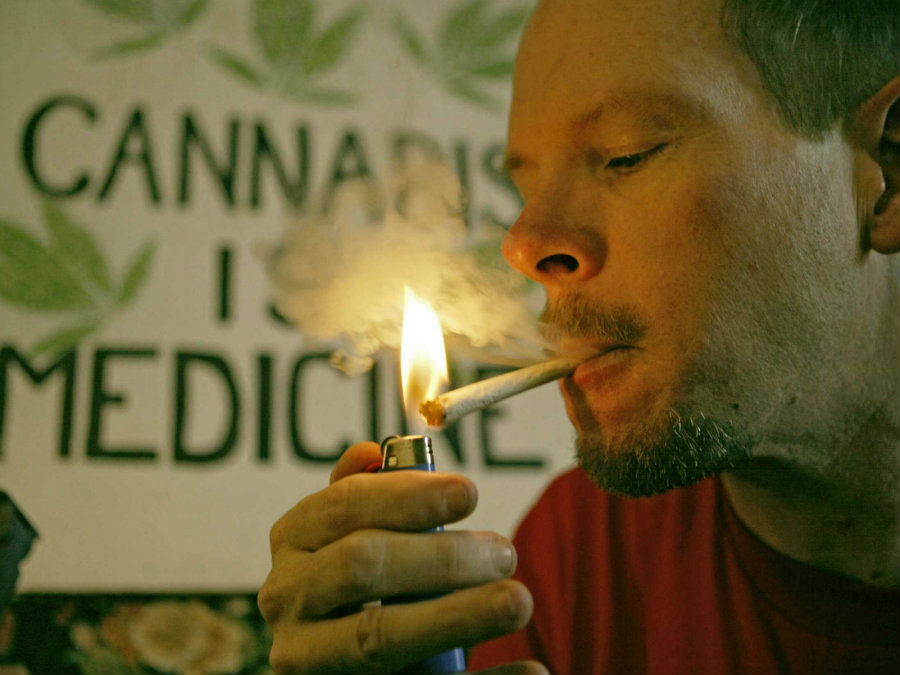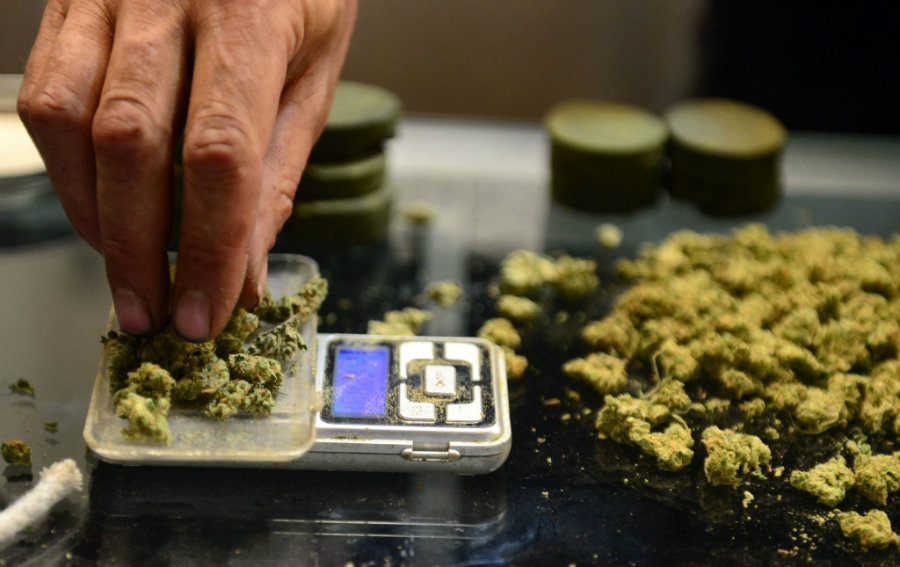According to recent research from Columbia University, state laws allowing medicinal marijuana increase rates of recreational use and dependence within the state.
The study takes into account recreational marijuana use and disorders in adults living in any of the states that have legalized the drug from 1991 up to 2012.

Researchers suggest that, as marijuana becomes increasingly legal, there should be equal efforts to analyze the benefits and risks of using the drug, while also developing prevention and intervention protocols for cases that may be considered uneventful.
So far, 29 states have legalized marijuana in some form.
As marijuana becomes legal, illicit use rate
Pot laws have changed radically in the last two decades. Researchers cite that, due to the ongoing legalization of marijuana, whether it is for medical or recreational use, people are losing their fear of the drug, with many people that order weed online within Canada.
In reality, using marijuana does bring a series of complications and risks, which include impaired functioning, psychiatric symptoms, and addiction, vehicle crashes, and more. To analyze these risks and to determine the way to reduce them is this study’s primary purpose, and it seems that a critical factor for the increased rate of recreational users are medicinal marijuana laws.
Few studies analyze the incidence of medical marijuana laws in several states. Some did not compare use rates with medicinal marijuana laws and others just take into account a small sample of the population, researchers note.
They highlight the case of California and Oregon. California passed its first medicinal marijuana laws in 1996, while its usage rates were higher than most states. On the other hand, Colorado passed its own legislation in 2009 and saw an increase of 10,000 users per month and 900 dispensaries built since then.

To have a reliable pool of data, researchers used three large surveys: The National Longitudinal Alcohol Epidemiologic Survey (1991) and the National Epidemiologic Survey on Alcohol and Related Conditions (2001 and 2012).
During the first survey, there were no medical marijuana laws. In 2001, 18 percent of Americans lived in states with such laws. By 2012, a third of Americans lived in states where medical marijuana was legal in some way.
The surveys analyzed adults older than 18 years old. The polls were almost the same, with the main difference that the 1991 survey was made with pen and paper, while the other two used computers. All three used the same questions and were approved on a government level. They analyzed 41,764, 41,1814, and 35,549 participants respectively.
Results showed that, in the earliest period (1991 to 2001), illicit marijuana use and disorders related to the drug did not change noticeably, while in the latter period (2001 to 2012) both use and disorder rates increased substantially.
Researchers concluded that the legalization of marijuana resulted in at least 1.1 million adults classified as illicit marijuana users alongside 500,000 adults with some sort of disorder due to marijuana use. They assure that seeing the consequences of use and disability that marijuana is known to promote, it is important to tackle this issue as it is of utmost public concern.
Marijuana use does come with its risks
Experts put the blame on the medical marijuana industry that has promoted the manufacturing of different ways of using the drug. Another cause might be the increased availability of the drug, as partial legality always promotes the use of the product, even if it’s controlled. A buyer or a seller could get large quantities of the drug and distribute it as gifts or for revenue.
Regarding cannabis use disorder, experts say that a person suffers from it if using the drug causes significant problems in occupational or academic duties. There’s also the risk of social withdrawal, intoxicated behavior, impulsiveness, and impaired recognition of risks. Other cases of cannabis use disorder are characterized by neglect to responsibilities and even marital/child neglect.
Prolonged marijuana use can cause more severe mental health symptoms, such as paranoia or acute psychosis, including delusions and hallucinations. According to studies, there is a 4 percent chance of suffering from schizophrenia due to prolonged marijuana use. This, alongside other effects, may cause little emotional stability.

The study does not dictate that every illicit marijuana user suffers from a disorder or that it is an addict, although marijuana addiction is a reality and its consequences should not be ignored even if the drug is legal in some jurisdictions.
Marijuana addicts or people diagnosed with cannabis use disorder should follow simple treatment goals. These include stopping using the drug because:
- You feel you use more than what you need.
- You feel that its use is getting out of control.
- You feel you’re wasting time when using it.
- You’re getting more tolerant to the drug.
- You feel withdrawal symptoms when not using it.
These goals and more information on cannabis dependence are available here, and although information may seem biased depending on who publishes it for the public, it is best to get informed from all possible sources and then taking a sound judgment concerning the use of a drug whose legality increases with each passing day.
Source: JAMA Psychiatry
